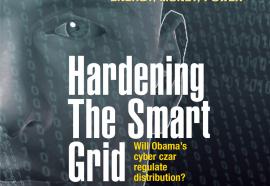Regulation by Formula
Tools to facilitate changing utility economics.
These are challenging times for the electric and gas utilities. Reliability projects, renewable portfolio standards, greenhouse-gas emissions control, AMI, smart-grid investments, and conservation programs—all these things add to costs, but might bring in no additional revenue. Moreover, there will be unprecedented capital investment in transmission, renewable generation projects, and replacement of old facilities from the 1950s and 1960s. Thus, earnings likely will be more closely watched and traditional general rate cases might not be able to keep up.











